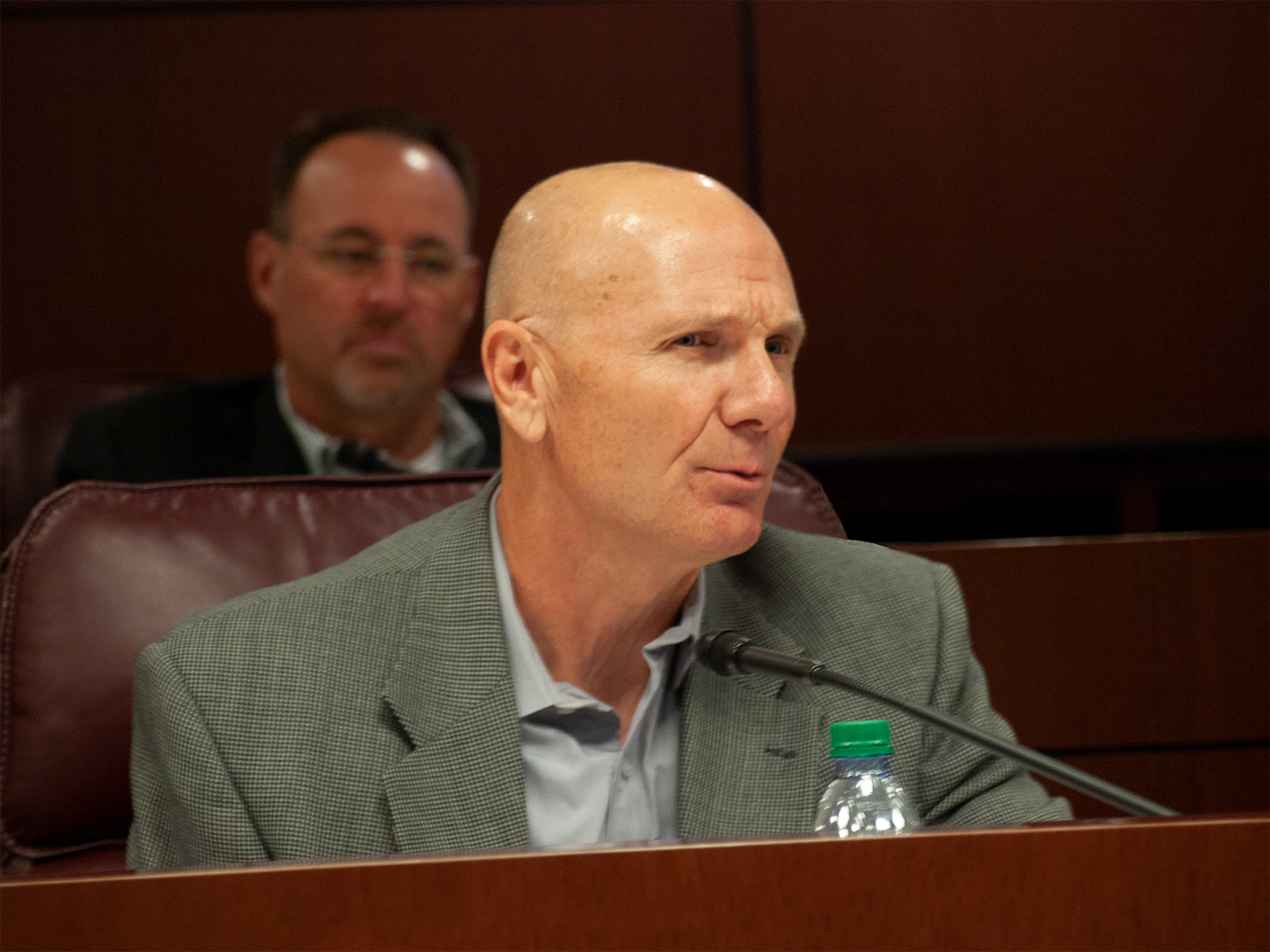Environmental Rulemaking
If Nevada's laws are like blueprints for constructing a building, then agency regulations are the work plans telling construction workers how to follow them. We oversee all of Nevada’s environmental regulations, which define how state and federal environmental laws are administered on the ground level. State agencies, often the Nevada Division of Environmental Protection, present regulatory petitions at SEC meetings to adopt, amend, or repeal regulations in the Nevada Administrative Code.
Think a regulatory change is needed?
Contact the Nevada Division of Environmental Protection
Nevada's Environmental Protection Rules
 Nevada has a range of regulations and environmental programs designed to protect Nevada’s air, land, and water. These environmental regulations can be highly complex, but they often involve how Nevada applies:
Nevada has a range of regulations and environmental programs designed to protect Nevada’s air, land, and water. These environmental regulations can be highly complex, but they often involve how Nevada applies:
- Federal laws like the Clean Water Act or Clean Air Act, which control pollution with industrial permits, health-based standards, and other processes.
- State programs designed to prevent chemical accidents, reclaim the land and water around Nevada’s many mines, or protect other aspects of our environment.
How Environmental Rules are Made in Nevada
SEC regulatory meetings are one step along a fixed path to amend, adopt, or repeal any environmental rule in Nevada. Rulemaking entails multiple reviews, public workshops, and sometimes public hearings. It involves government agencies, the regulated community, the public, and interested stakeholders.
- A state agency drafts a regulatory petition. An agency — often the Nevada Division of Environmental Protection — drafts a petition to create, amend, or repeal rules that help NDEP administer Nevada's environmental programs. The petition includes an assessment detailing any impacts the proposed regulation will have on small businesses. The Legislative Council Bureau reviews this draft to make sure it is legal and fits the style of the Nevada Administrative Code.
- The agency hosts a public workshop. Before presenting a petition to the SEC, the same agency hosts one or more public workshops. Workshops give people and organizations a chance to comment openly on the petition. Like most public meetings, workshops follow the Nevada Open Meeting Law.
- We schedule and notice an SEC regulatory meeting. At least 30 days before the meeting, we post public notices about the meeting across the state. We also send notifications about the meeting to major newspapers and to people subscribed to our mail and email lists.
- We post an official agenda. At least 3 days before the meeting, we circulate a meeting agenda around the state. Agendas include two periods for public comment and a few regulatory and non-regulatory topics for our discussion and action.
- We vote on the petition at a regulatory meeting. We listen to the agency's petition, hear public testimony, review exhibits, and deliberate on the petition. We then vote to adopt, amend, or repeal the petition.
- The Legislative Commission reviews rule for possible approval. If we vote to adopt the petition, we file the new, revised, or repealed rule with the Legislative Commission, which is responsible for final approval. We include a packet that shows economic and small business impacts, public and business concerns, and other relevant information. The Legislative Commission has the authority to suspend a regulation or return it to the agency.
- The petition becomes law. If the regulation is approved by the Legislative Commission, they file it with the secretary of state. The rule making process is complete. The regulation is now Nevada law.